Reasons Why You Need Fragrant Sumac In Your Garden
Title: Reasons Why You Need Fragrant Sumac in Your Garden
Introduction:
Fragrant sumac (Rhus aromatica) is a native North American shrub that is known for its beautiful foliage, fragrant flowers, and edible berries. It is a versatile plant that can be used in a variety of settings, from sunny borders to shady slopes. Fragrant sumac is also a valuable addition to the landscape because it is drought-tolerant, deer-resistant, and attracts wildlife.
In this blog post, we will discuss the many reasons why you need fragrant sumac in your garden. We will cover the following topics:
- The benefits of fragrant sumac
- How to plant and care for fragrant sumac
- How to use fragrant sumac in the landscape
Benefits of Fragrant Sumac:
Fragrant sumac has many benefits, including:
- Beautiful foliage: The leaves of fragrant sumac are a deep green color in the spring and summer, and they turn a brilliant red, orange, or purple in the fall.
- Fragrant flowers: The flowers of fragrant sumac are small and yellow, and they have a sweet, citrusy scent.
- Edible berries: The berries of fragrant sumac are edible and can be used to make a variety of foods, including tea, syrup, and jelly.
- Drought-tolerant: Fragrant sumac is drought-tolerant and can thrive in dry conditions.
- Deer-resistant: Fragrant sumac is deer-resistant, so you don't have to worry about it being eaten by deer.
- Attracts wildlife: Fragrant sumac attracts a variety of wildlife, including birds, butterflies, and bees.
How to Plant and Care for Fragrant Sumac:
Fragrant sumac is easy to plant and care for. It prefers full sun, but it can also tolerate partial shade. It is drought-tolerant, but it will do better if it is watered regularly during the summer months. Fragrant sumac is not very fussy about soil type, but it prefers well-drained soil.
To plant fragrant sumac, dig a hole that is twice as wide and as deep as the root ball. Place the root ball in the hole and backfill with soil. Water the plant well and mulch around the base to help retain moisture.
Fragrant sumac does not require much pruning. You can remove dead or damaged branches in the spring. If you want to shape the plant, you can do so in the spring or fall.
How to Use Fragrant Sumac in the Landscape:
Fragrant sumac is a versatile plant that can be used in a variety of settings. It can be used as a groundcover, a border plant, or a specimen plant. It is also a good choice for planting in shady areas.
Here are some ideas for using fragrant sumac in the landscape:
- Plant it as a groundcover in a shady area.
- Use it as a border plant to add color and interest to your garden.
- Plant it as a specimen plant to add height and drama to your garden.
- Use it to create a screen or hedge.
- Plant it in a container on your patio or deck.
Conclusion:
Fragrant sumac is a beautiful and versatile plant that can add a lot of value to your garden. It is easy to plant and care for, and it has many benefits. If you are looking for a new plant to add to your garden, I highly recommend fragrant sumac.
Fragrant sumac is a beautiful and versatile plant that can be grown in a variety of climates. It is known for its fragrant leaves, which turn a brilliant red in the fall. Fragrant sumac can be used as a hedge, an ornamental shrub, or a medicinal plant.
If you are interested in learning more about fragrant sumac, please visit Garden Wiki. This website provides comprehensive information about the plant, including its care, propagation, and medicinal uses.
FAQ of fragrant sumac
Q: What is fragrant sumac?
A: Fragrant sumac (Rhus aromatica) is a deciduous shrub native to North America. It is a member of the cashew family, Anacardiaceae, and is closely related to poison ivy and poison oak. Fragrant sumac is easily distinguished from its poisonous relatives by its pleasant, citrusy odor when the leaves are crushed.
Q: What are the benefits of fragrant sumac?
A: Fragrant sumac has a number of medicinal and culinary uses. The leaves and bark can be used to make a tea that is said to relieve fevers, colds, and sore throats. The leaves can also be used to make a refreshing lemonade-like drink.
Q: How do you use fragrant sumac?
A: To make fragrant sumac tea, simply steep 1-2 teaspoons of dried leaves in hot water for 5-10 minutes. To make lemonade, combine 1 cup of crushed leaves with 4 cups of water and 1 cup of sugar. Bring to a boil, then simmer for 10 minutes. Strain and enjoy!
Q: Is fragrant sumac safe to use?
A: Fragrant sumac is generally safe to use, but it is important to note that it can cause allergic reactions in some people. If you have any concerns, it is best to consult with a healthcare professional before using fragrant sumac.
Q: How do you identify fragrant sumac?
A: Fragrant sumac can be identified by its smooth, gray bark, blue-green leaves, and clusters of white flowers. The leaves are arranged in threes, and they have a pleasant, citrusy odor when crushed.
Q: Where can I find fragrant sumac?
A: Fragrant sumac is native to North America and can be found growing wild in many parts of the continent. It is also commonly cultivated in gardens.
Image of fragrant sumac
- Fragrant sumac shrub in full bloom. The leaves are a deep green color and the flowers are a bright red color.

- Close-up of fragrant sumac flowers. The flowers are small and delicate, with a sweet fragrance.
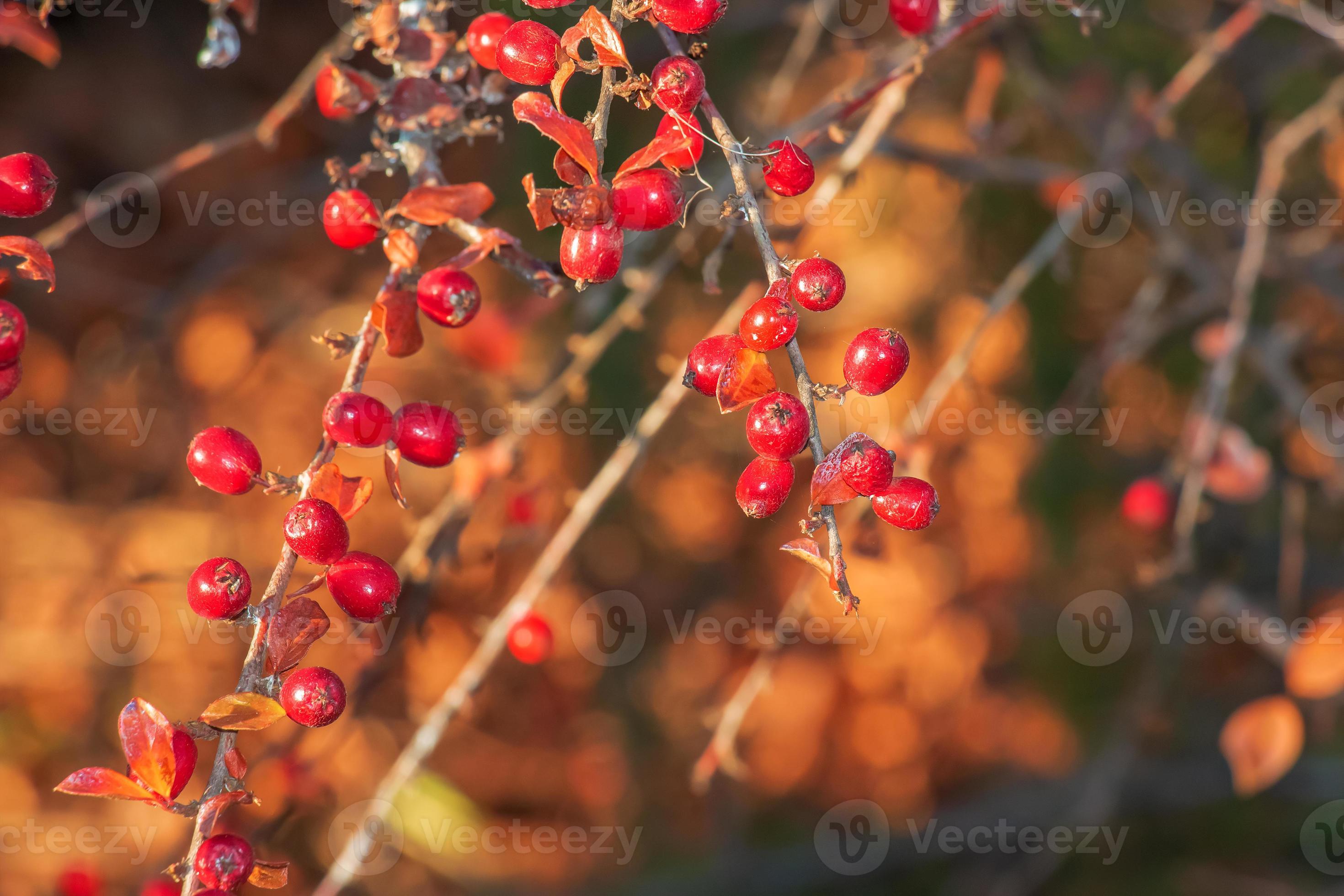
- Fragrant sumac leaves in autumn. The leaves turn a beautiful shade of orange in autumn.
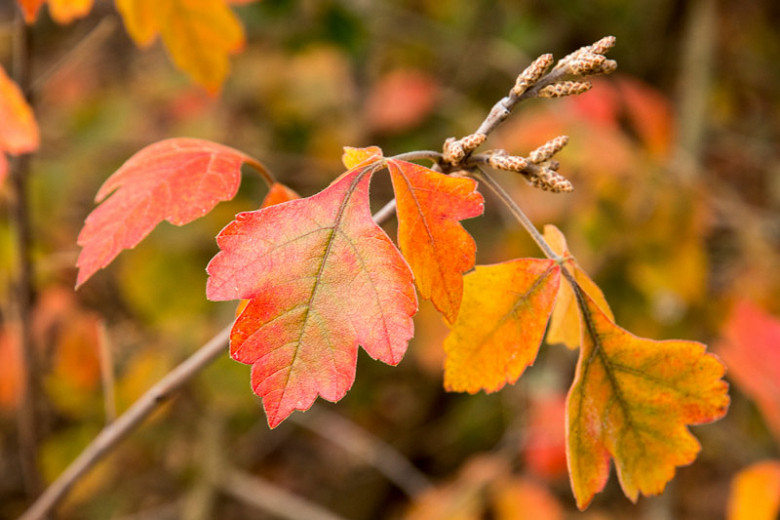
- Fragrant sumac berries. The berries are a deep red color and are edible.
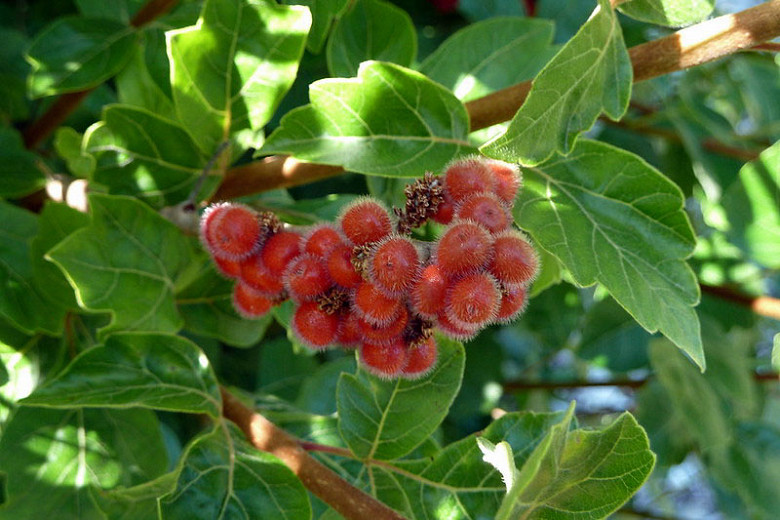
- Fragrant sumac tree in a forest. The tree can grow up to 30 feet tall.
- Fragrant sumac in a garden. The plant is a popular addition to gardens because of its attractive foliage and flowers.

- Fragrant sumac in a vase. The flowers can be used to make a beautiful bouquet.
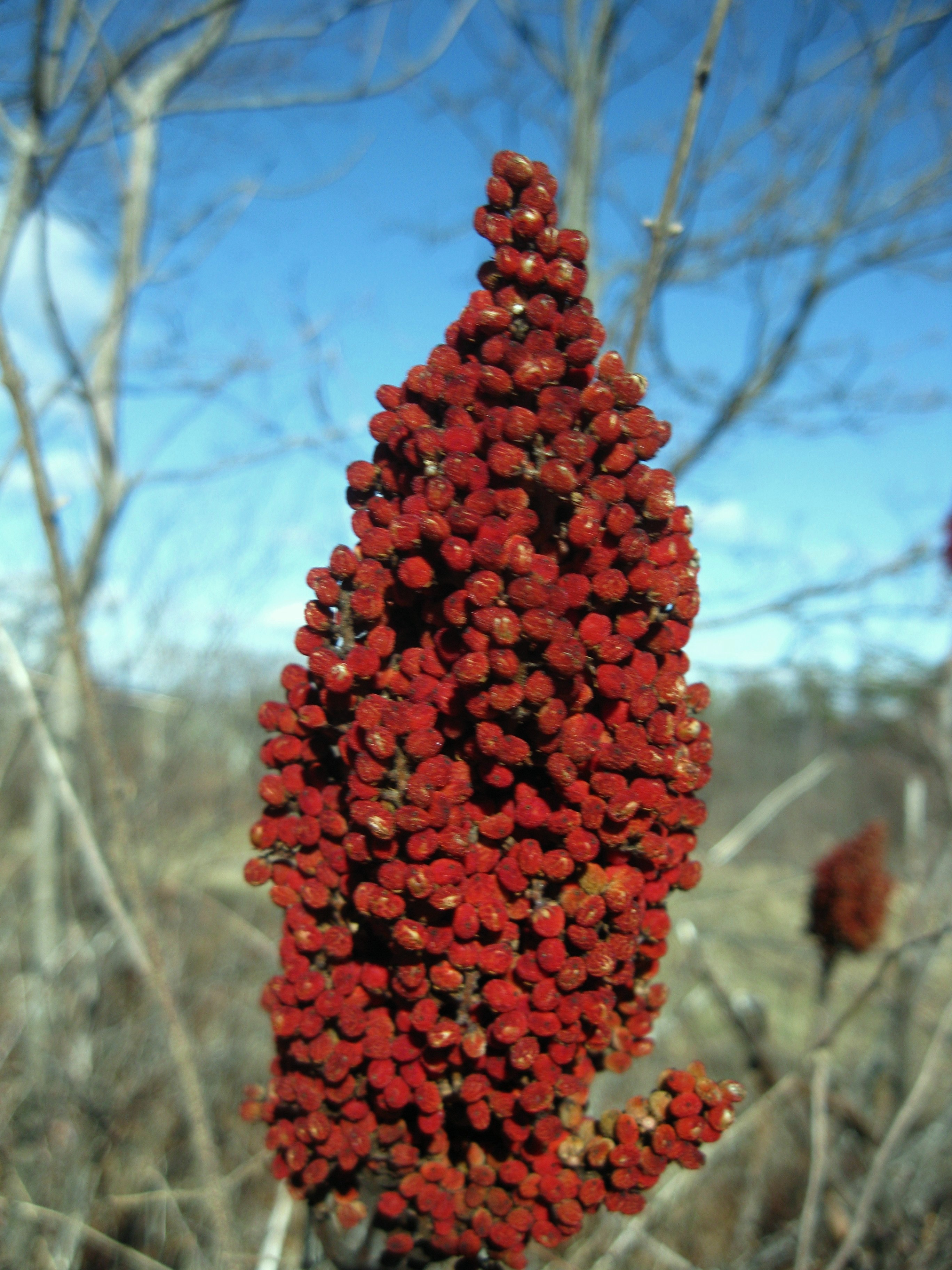
- Fragrant sumac tea. The leaves can be used to make a refreshing tea.

- Fragrant sumac syrup. The berries can be used to make a delicious syrup.
- Fragrant sumac powder. The leaves can be dried and ground into a powder that can be used as a seasoning.
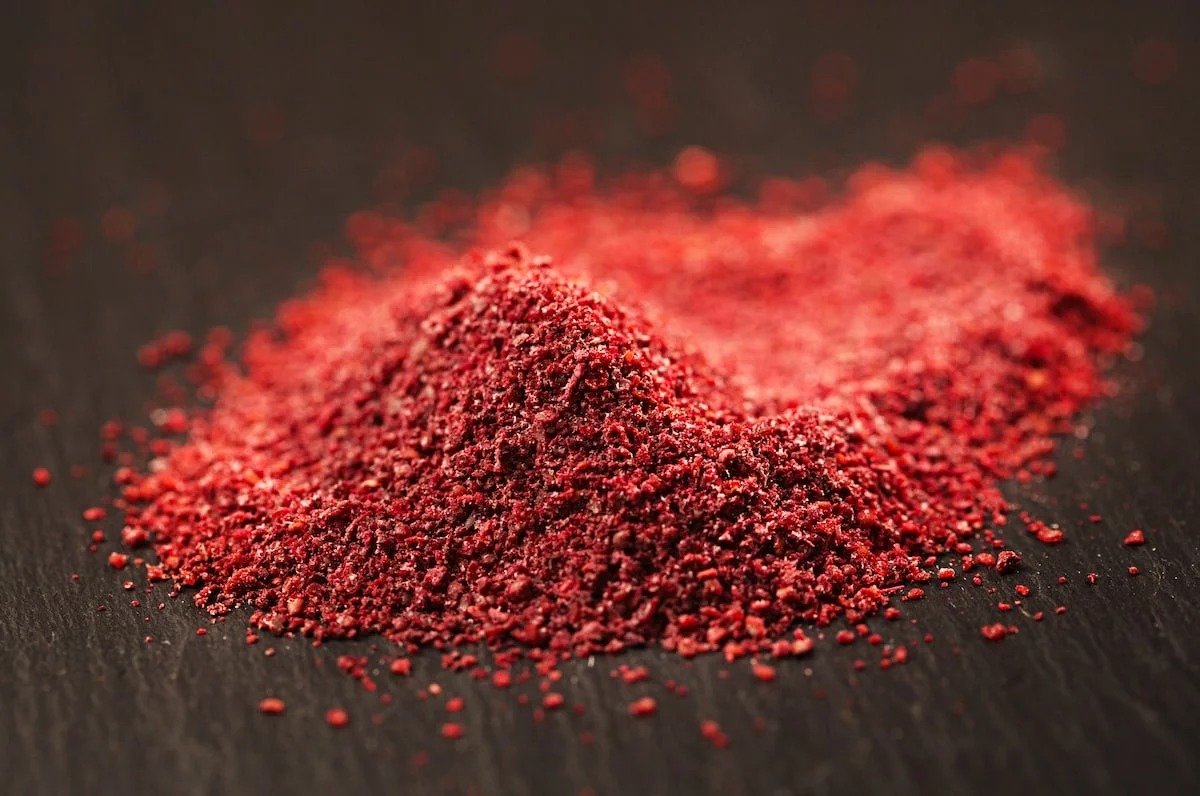

Post a Comment for " Reasons Why You Need Fragrant Sumac In Your Garden"